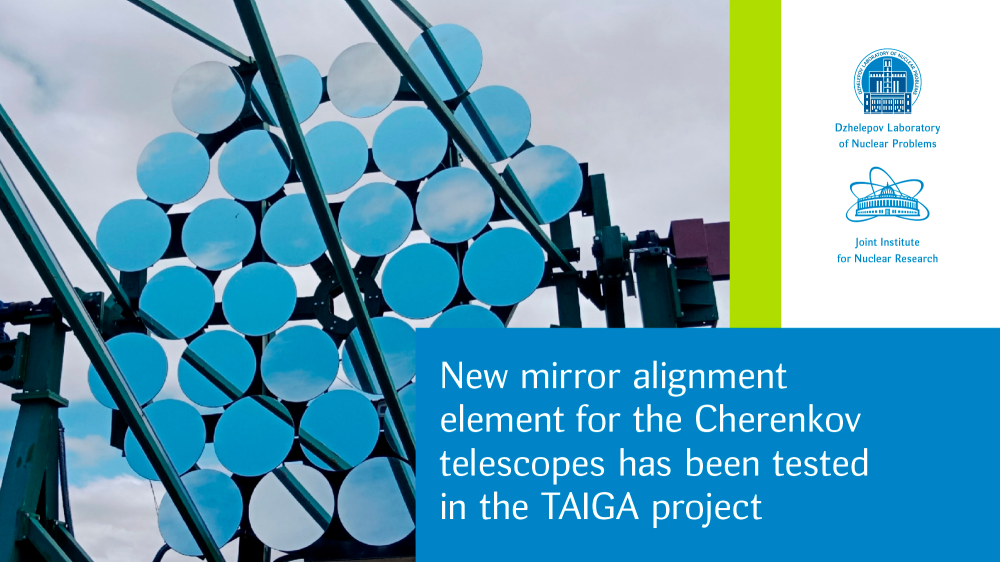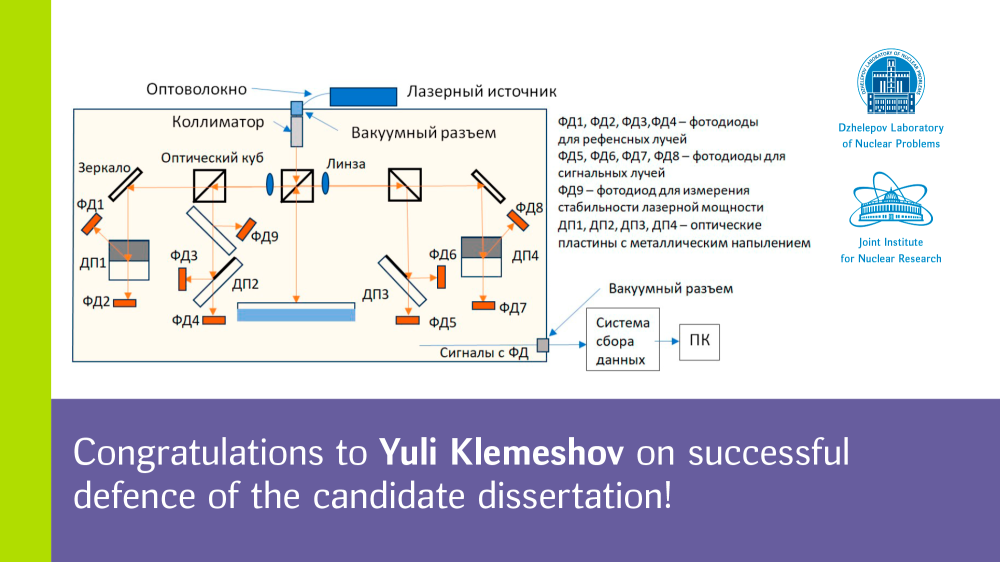Evidence for existence of a new particle is found by DLNP scientists in the COMPASS experiment
The search for photoproduction of the exotic charmonium $X(3872)$ in the COMPASS experiment (CERN) has ended in an unexpected result. Though a signal that completely agrees in parameters with the expected one was found with a statistical significance of 4.1 σin the invariant mass spectrum of the final state, the detailed analysis of the decay kinematics of the observed particle entirely disagrees with the well-known $X(3872)$ decay kinematics. This unexpected observation allows an assumption that the observed signal might be from a new particle designated as $\widetilde{X}(3872)$, which is a partner particle for $X(3872)$ and has a similar mass and lifetime but differs from $X(3872)$ by the set of quantum numbers. The existence of this partner particle is predicted by some theoretical models that describe $X(3872)$ as a state of two quarks and two antiquarks tightly bound by the strong force (tetraquark). The results of the work are published in the Physics Letters B783 (2018) 334–340.

Quantum chromodynamics does not directly forbid existence of strongly bound states different from those formed by three quarks (baryons) or a quark–antiqark pair (mesons). However, until recently, there was no convincing and doubtless experimental evidence for these multiquark states. The situation changed only in the early 2000s after the discovery of exotic hadrons that contained heavy quarks (сor b), the first of which was $X(3872)$ observed in 2003 by the Belle collaboration. Though a few tens of such particles have been observed in the past 15 years, their nature is still rather obscure. Different models interpret them as tetraquarks, mesonic molecules, states with valence gluons, etc.The COMPASSresult will probably shed light on the nature of exotic charmonia.
Until now, exotic charmonia could only be studied at electron–positron colliders and in high-energy hadron collisions.The COMPASSexperiment was the first to search for photoproduction of these particles.The idea was proposed and the main contribution to the obtaining of the result was made by the DLNP scientists participating in the experiment.






